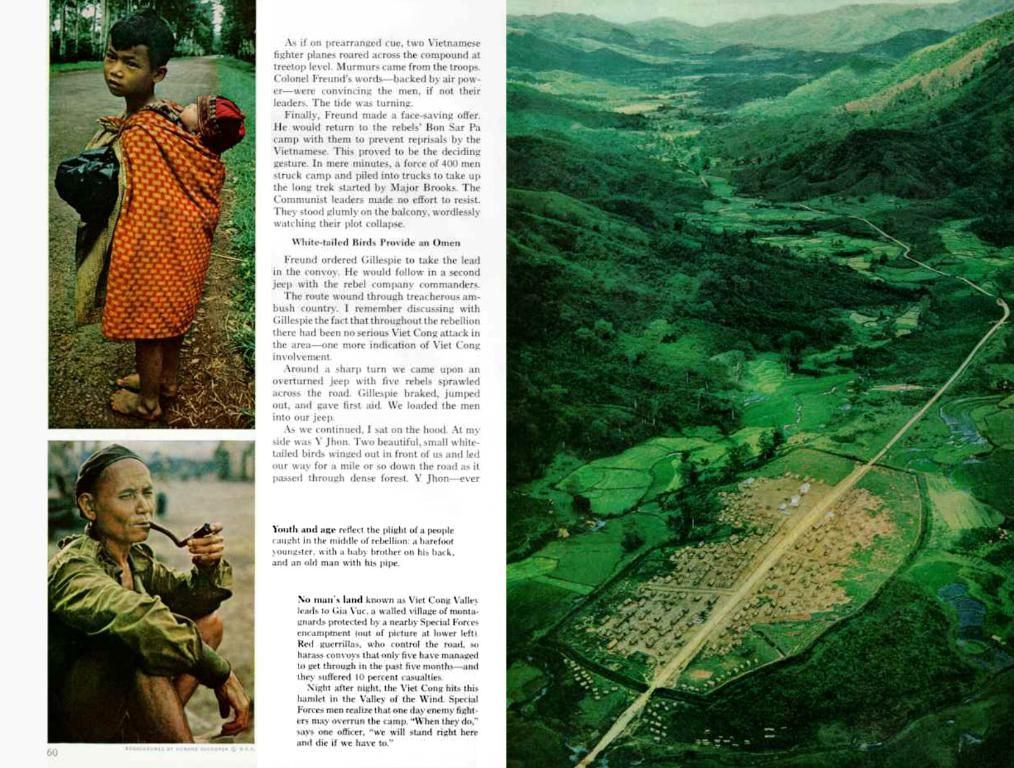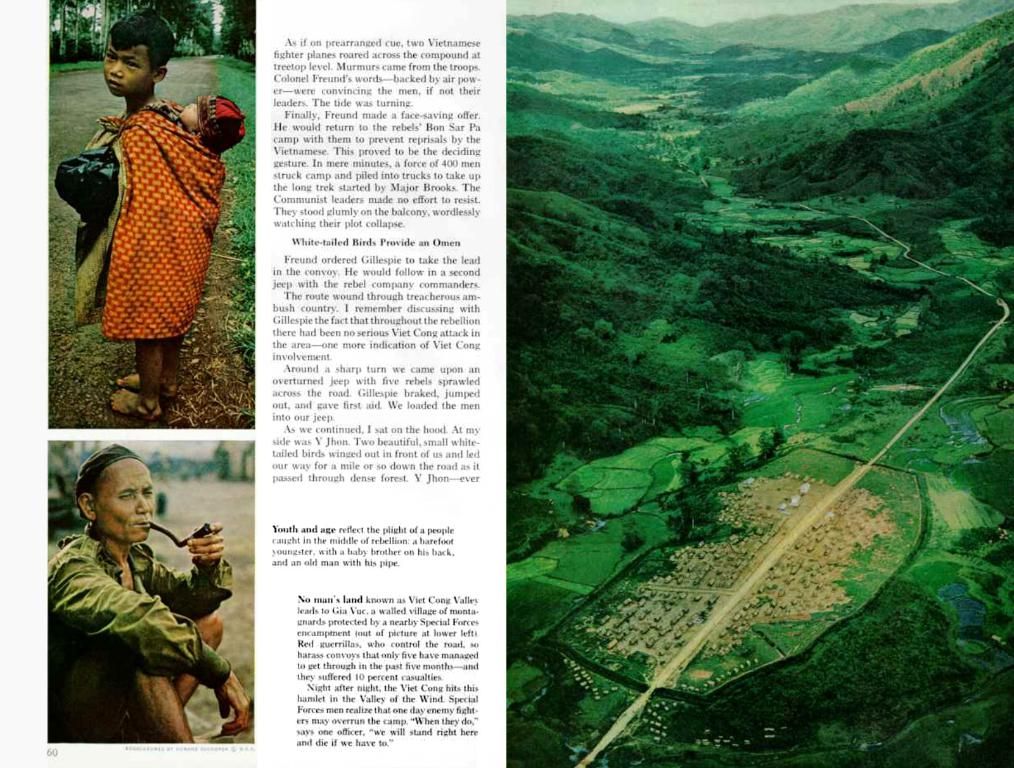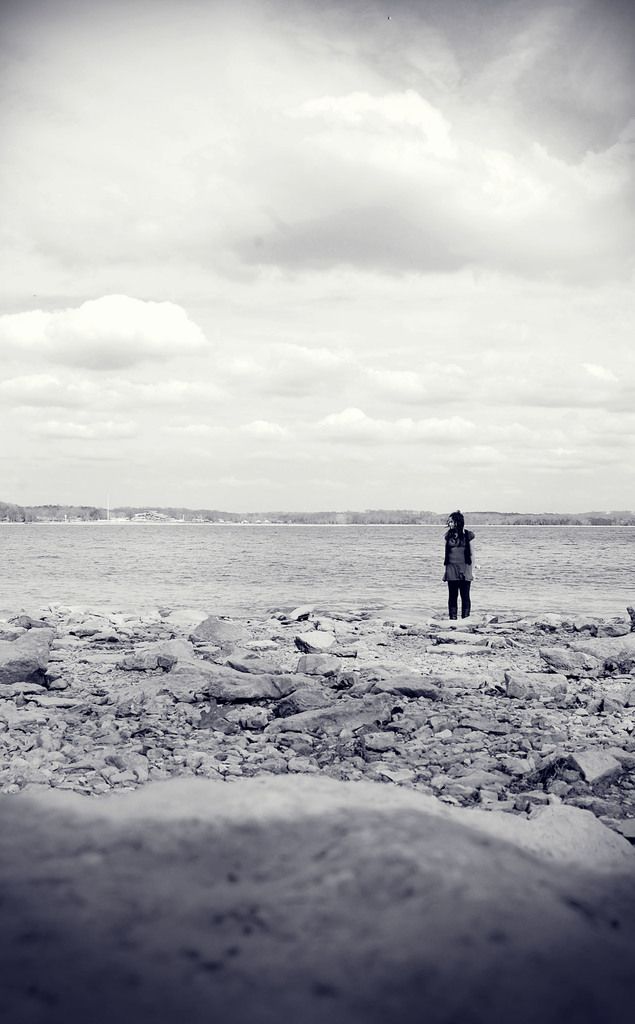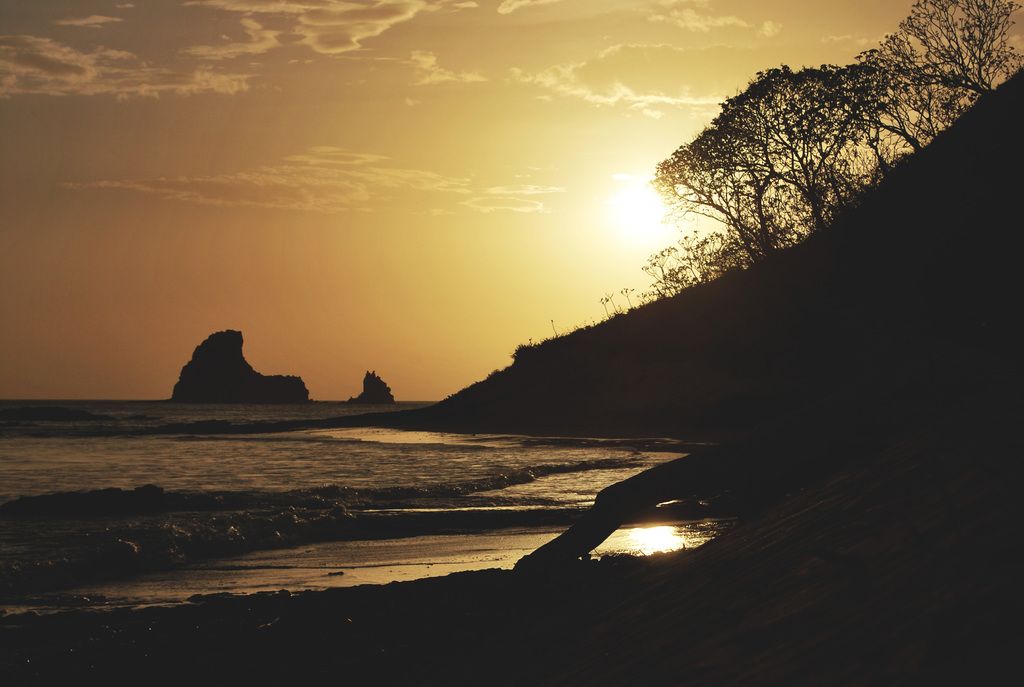Experience a modernist architectural marvel by staying at this renowned property in Palm Desert
Hey! Let's talk about the rad overhaul of the Wave House in Palm Desert, shall we? This legendary spot, known for its swoopy roof, has been reborn as 'Desert Wave' - a plush getaway for travelers. After a fancy restoration by Stayner Architects, the mid-century modern beauty underwent a stylish interior revamp by Design Within Reach (DWR) in collaboration with Boutique, a high-end rental operator.
Originally designed in 1955 by Southern California native architect Walter S. White, the Wave House was built as a modern hideaway and sculptor's studio for Miles C. Bates. This standout home in the Coachella Valley community is one of many lauded mid-century homes in the area.
Fast forward a bit, and the house was added to the National Register of Historic Places in 2018. Stayner Architects, based in LA, swooped in and fully restored the casa. The recent interior makeover leaves the house decked out in a carefully curated selection of DWR's Paul Smith Collection furniture. This collection showcases Smith's longstanding collaboration with Maharam and includes limited-edition Herman Miller and Knoll classics like the Eames Molded Plastic Side Chair dressed in Paul Smith x Maharam textiles, along with made-over DWR bestsellers, such as the Terassi outdoor chaise.
We got the scoop on this new chapter and that groundbreaking roof design from Christian Stayner, principal of Stayner Architects. He filled us in on how the purchase came about, the inspiration behind the restoration, and the challenges faced during the restoration process.
What's up with the Desert Wave?
Us: So, tell us the story behind the purchase of this iconic Wave House.
Christian Stayner: We picked up the house from the City of Palm Desert. They had grabbed it with funds from a state program that's been discontinued, aiming to build affordable housing. But there was no money to build the housing, so the property just sat there. When they went to demolish the house, the local historical society objected loudly and got the National Parks Department to list it on the National Historical Register. As the state program dried up, the city was forced to sell the property to get the money back.
Us: Was the plan all along to restore it and rent it out?
Stayner Architects worked with the city to balance the cost of preserving and restoring the house with a financial model based on hospitality and making the architecturally significant house in Palm Desert into a space that the public could see. This was a slightly different kind of public-private partnership compared to traditional projects like roads, bridges, and hospitals, focused on creating a model that allows everyone to benefit – us as owners, the city with a valuable landmark, neighbors with a removal of an eyesore, and the public by getting to explore a house that would otherwise be off-limits.
Us: What sparked the inspiration behind the restoration?
After the house was finished in 1955, it went through a bunch of transformations. Rather than go back to a sterilized mid-century past, they felt it was essential to keep some of the blemishes from the rough history this house experienced, recognize some of the innovations Walter S. White attempted but failed due to the tech being too new, and take it beyond the visual to consider intangibles like light levels, temperature, smell, and sound.
Us: Were there any challenges in restoring the innovative 'rollercoaster' roof design?
The roof had failed and had been compromised by poor renovations and modifications. Although not apparent, they fixed many of the original design flaws. Walter S. White had anticipated many innovations that would later become available, including the recent adoption of mass timber (this house is a prototype decades ahead), earth ducting to distribute cool air underground during the summer, self-shading in the desert, and more.
Us: How involved were DWR and Paul Smith with the interiors?
DWR brought in items from the Paul Smith Collection for this project, breathing new life into the house through this collaboration. In the fall, the original furniture for the house will return, all of which is archival vintage pieces, mainly from the 1930s to the 1960s, primarily Scandinavian and Michigan designs.
Us: What's your favorite part about the house and the collection?
The light quality of the desert at the house is exceptional – and the house functions as a prism that highlights how the quality and intensity of sunlight in the California desert change during the day and throughout the year. As for the collection, Paul Smith's stripes are both reminiscent of the 1960s and contemporary to today.
The Desert Wave is located at 73697 Santa Rosa Way, Palm Desert, CA 92260, United States; boutique-homes.com
Us: How did the collaboration between Stayner Architects and Design Within Reach (DWR) for the interior revamp of the Desert Wave contribute to its transformation?Us: Considering the Desert Wave's interior design, can you elaborate on how the selection of DWR's Paul Smith Collection furniture has enhanced the overall lifestyle and home-and-garden feel of the house?




